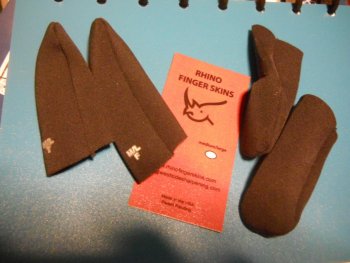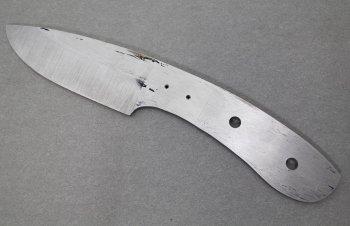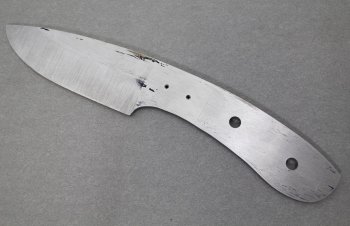tomwatson
Well-Known Member
Good Post Tom .. I think no matter how you do it is the end result . What you make today and what you make next year are usually a lot different . At least for me. I started free hand and tossed many blades in the trash. Frustration set in. I found that a lot of new people rush to get it done.. I understand why we do that. We want to see the end result . My advice for what it is worth is to slow down and take your time. Try and remember the pressure plays a role . should be equal on both sides . I use a Bump file guide . It is a excellent product. I also use Fred's Bubble jig . That little tool is so simple but effective . Now
I just have to set my grind and just walk it up free hand. I only do it that way because It is faster. If you stray from your grind you can fall back to the bubble to even it up. Its all about the end result . Have fun with it and try to do better every blade. You will see improvement as time goes by.
Thanks Mark, I really like your Scandi grinds. Tough knife.





